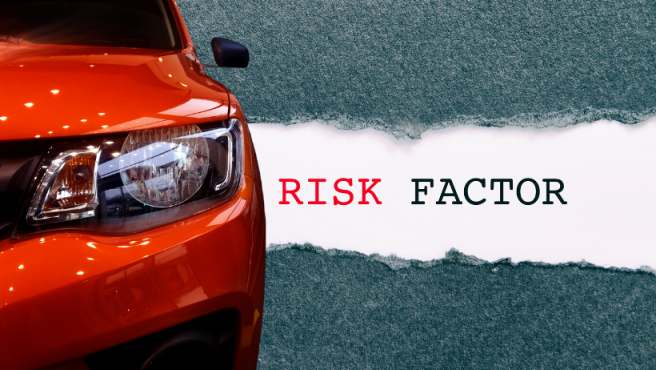May 9, 2023

Auto Insurance
Auto insurance rates can vary significantly from state to state. There are many factors that contribute to these differences, including state regulations, demographics, geography, and even weather patterns.
The Pelican State, Delaware, Michigan, and California followed as the most expensive states in the country for auto insurance. The reason these states come with sky-high premiums varies everything from unique insurance coverage, crime, and high-density populations. Additionally, an increased number of uninsured drivers and costly lawsuits will always push up premiums.
Why Premiums Differ
State Regulations
One of the most significant factors that can impact auto insurance rates is state regulations. Each state has its own rules and regulations regarding insurance, which can affect how much you pay for coverage. For example, some states require drivers to carry more liability coverage than others, which can increase the cost of insurance. Additionally, states may have different rules regarding how insurance companies can set rates, which can also impact prices.
Demographics
Another factor that can affect auto insurance rates is demographics. Insurance companies consider factors such as age, gender, driving record, the kind of vehicle you drive, credit score, and marital status when determining rates. Younger drivers and male drivers tend to have higher accident rates, which can result in higher insurance premiums. Additionally, married drivers are often considered lower risk and may qualify for lower rates.
Geography
Geography can also play a role in auto insurance rates. Urban areas tend to have higher rates due to higher traffic volumes and greater risk of accidents. Additionally, states with higher rates of uninsured drivers may also have higher insurance rates for those who do carry insurance. The cost of repairs and medical care can also vary depending on where you live, which can impact insurance rates.
Weather Patterns
Finally, weather patterns can impact auto insurance rates. States that are prone to severe weather, such as hurricanes or tornadoes, may have higher rates due to the increased risk of damage to vehicles. Additionally, states with harsh winters may have higher rates due to the increased risk of accidents on icy or snowy roads.
